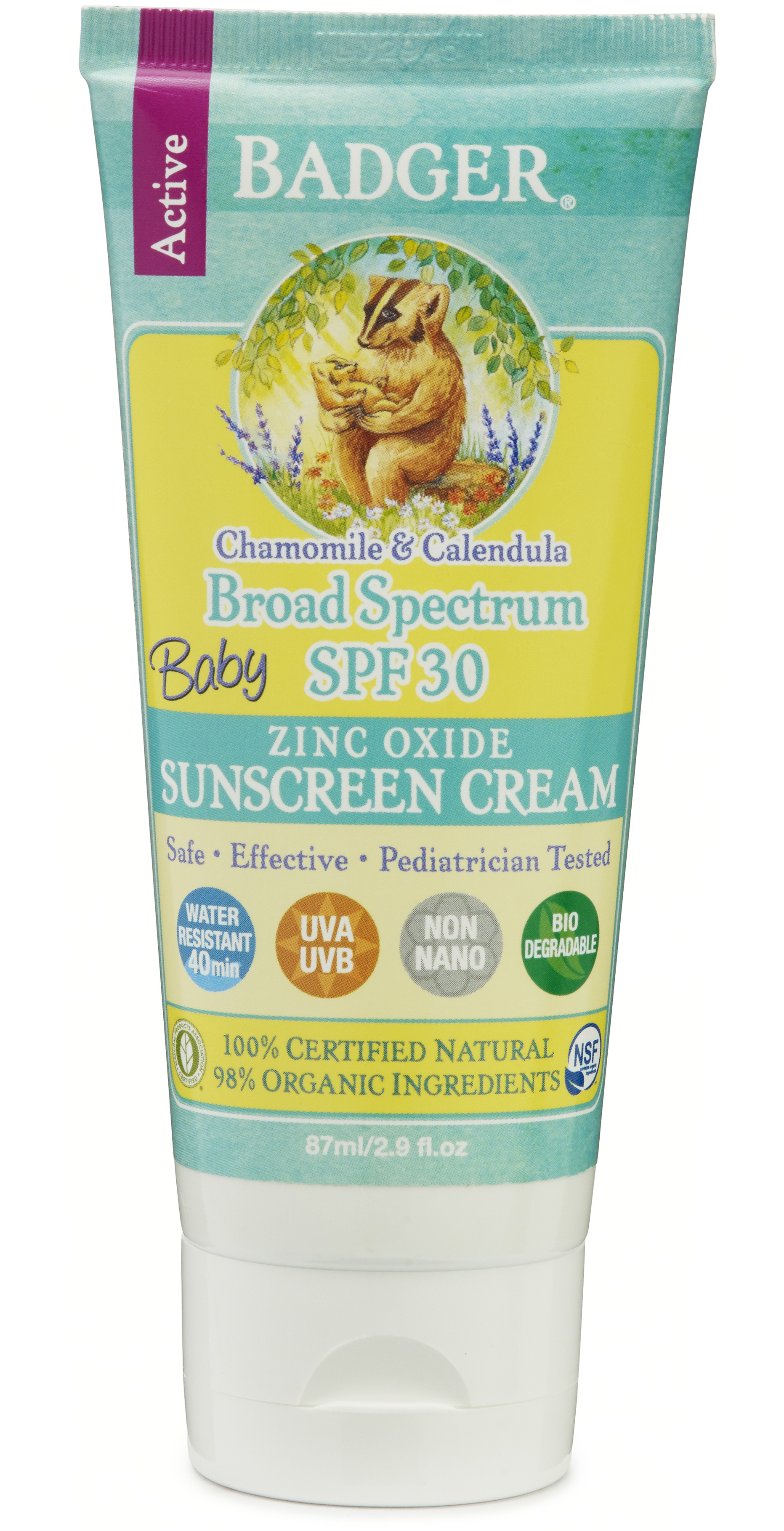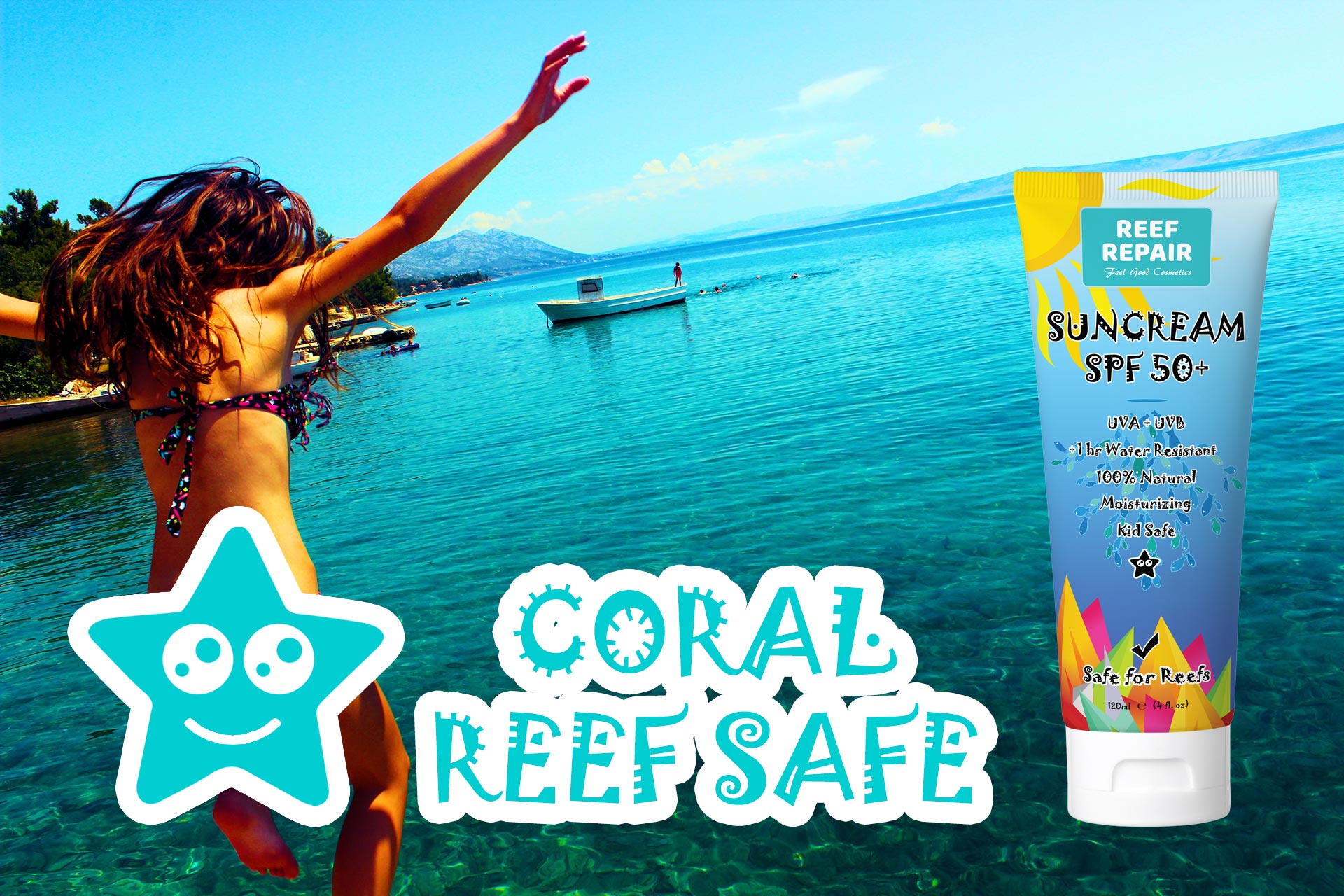

You need to provide the right aquarium conditions (water parameters), lighting, and flow. For More InformationĪs you can see from the information on this page, caring for acan coral takes moderate skill. If you’re looking for a specific type or coloration to fit your tank, I recommend you turn to online stores so you can find the precise color and pattern you’re looking for. For instance, you’ll see names pop up like Australian Lord (or Aussie Lord), rainbow, green, Superman, etc. Typesĭue to their popularity and the mind-numbing array of color choices, you’ll find different types or varieties available under different names. It’s also easy to purchase them from online stores, like LiveAquaria and others.
#REEF SAFE RECORDIA HOW TO#
If you’re interested in diving deeper into learning how to frag corals (it’s easier than you think), download my definitive guide.Īcans are popular and available at most above-average local fish stores.

If you want a handy demonstration, you can watch this YouTube video to learn more about fragging acan corals: It sounds frightening (and complicated), but it isn’t terribly difficult – provided you make sure those polyps are safely retracted. An iodine bath (to prevent any infection).Acans recover nicely from the process – particularly when you’ve been target feeding them to encourage healthy growth. It isn’t a coral I’d recommend for a first fragging experiment, but if you have the right gear (and an iron constitution), it can be done. Fragging Acan Coralįragging this LPS species is possible and relatively straightforward – as long as you have the right power tools to execute a fast, safe cut. Carefully move it to an area of lower flow or less intense light (or both, depending on the circumstances). If your water parameters are good (and stable) and your acan coral still won’t extend its polyps (even at night or even when you attempt target feeding), then it could be the lights or water flow. Has it been days since you saw your acans tentacles extended? An acan coral dying or not happy in the tank because of too much water flow or too much light will not extend its polyps. (Unless you meant the acan to be fish food – which is expensive and not recommended) These reef-safe fish will leave your acan coral alone: You don’t want to keep acans with fish that like to peck at fleshy polyps – and damselfish are some of the biggest offenders.

Activated carbon and water changes will do the trick, protecting your acan coral from the chemicals the soft corals produce to inhibit coral growth.Īnd then there are the non-coral tank inhabitants you need to consider. Given enough space, you can keep them near Plate corals, Favia, Chalices, and other popular corals hanging out in the lower zone of your tank.īut if you plan to keep acans with soft leather corals, you need to take additional measures to neutralize the chemical warfare leathers wage in a tank. But since it’s a relatively recent finding, you can find it listed under both scientific names. Lordhowensis were more closely related to the Micromussa group than the Acanthastrea. And when they looked at the DNA, they got their confirmation. Scientists already knew several specimens looked the same, but they wanted to perform a more in-depth comparison. Oh, and why the name change for the Lordhowensis species? A 2016 study comparing DNA sequences. Look at the large polyps on this Acan coral frag However, they acclimate to diurnal schedules in the aquarium and will happily eat when you feed them. In the ocean, acan coral feed mostly at night. So if you are underwater and still know what time it is, you might see an acan coral. Ironically, that seems to be the same depth many waterproof watches are good to. Expense: Typical LPS price for most common color varieties.Very expensive for popular varieties like Lordhowensis (classified as a micromussa) Acan Coral DescriptionĪcan corals are found in the south Pacific, particularly around the Philippines and Hong Kong, in waters down to 30m.Definitely don’t want other corals to touch, including other acans. Coral Category: Large polyp stony (LPS) coral.Scientific name: There are several species, and all of them are considered (or once were) considered to be acans: Acanthastrea echinata, Acanthastrea lordhowensis (now Micromussa lordhowensis).Common Names: Acans, Acan lords, Micros, Micro lords, Micromussa.


 0 kommentar(er)
0 kommentar(er)
